Hello and welcome to another edition of Substack Reads. This week, we journey through the business of frequent-flier point programs with Marc Rubinstein to a Swiss vacation that nearly left us without Frankenstein, uncovered by Kristin Posehn, along with Nik Sharma on the accuracy of food measurements and Cass Marketos on composting in winter. First, Elliot Kirschner considers the ties that connect us all. We hope you enjoy it!
PERSONAL ESSAY
The ties that bind
Who would come forward in a time of crisis? Which groups of friends would step up their support just when you needed it most? Elliot Kirschner explores what connects us all
—
inThis past weekend, I went to the dry cleaners to drop off some shirts. It’s become a rarity for me in a world of increasingly informal wardrobes, working from home, and doing my own laundry. Still, sometimes an article of clothing needs professional attention.
When I arrived, a man walked in just before me with a bag full of clothes. I must confess, I was a little frustrated wondering how long this would take. He was picking up as well as dropping off and I speculated on what careers today require this much dry cleaning.
The customer was chatting with the man behind the counter, wishing him a happy new year. Standard small talk for early January. But I realized they were using first names—clearly a level of familiarity greater than infrequent encounters.
The customer then asked the man behind the counter how his wife was doing. The tone was hushed and serious. I could tell this wasn’t a casual question.
BUSINESS
The points guy
Frequent-flier programs are big business, with airlines uniquely positioned to maximize the economics of point schemes. Marc Rubinstein looks at how they work, where points come from, and where they go
—
inMore than a million people signed up for American Airlines’ frequent flyer program in its first three months of launch, and other airlines quickly followed. Within a few years, an estimated 75% of business travelers had joined at least one program.
Initially, the schemes allowed members to claim the occasional free flight (usually to Hawaii) in the course of their regular business travel. Then, in 1988, Delta introduced a Triple Mileage scheme which allowed travelers to clock up points at a turbo-charged rate. It led to a frequent-flying frenzy, as the industry’s first “points guys” emerged to play the game the programs spawned. Flying back and forth between two short-leg cities, a rewards ticket to Hawaii could be earned in just eight continuous hours of flying. “One of the most popular ones was Dallas to Austin,” an early points maven told the New York Times. “People would do that eight, nine, 10 times in a day.”
PODCAST
Uncovering Banksy
Award-winning crime writer and journalist Robert Murphy discovers a lost part of modern art history
—
inWho is Banksy? It is a question that has taunted the art world for two decades.
As a graffiti artist, he has committed criminal damage. Which is why I’m including him in Behind the Crimes.
I uncovered a ‘lost’ interview with the secretive stenciller.
When researching the artist’s background, I came across an old report which had lain in a tape archive for more than a decade and a half. Even the journalist who had interviewed the then-unknown Banksy had forgotten about it—even though he had seen the artist’s face without a mask.
Today, Banksy could genuinely claim to be the world’s most famous artist. Some of his work sells for tens of millions of dollars.
But no one knows what he looks like.
SCIENCE & FOOD
When weight matters
Molecular biologist turned cookbook author Nik Sharma invited readers into an experiment on weighing vs. measuring. And the results answer a few key questions…
—
inDoes a difference of 20 ml really matter? That’s a little over 1 Tbsp. Most folks will say it doesn’t. I agree with this sentiment but with reservations. It all depends on context, and many recipes can be flexible so that these differences might be irrelevant. 20 ml of a liquid like water, milk, or oil might not make a big difference when adding a cup when preparing a soup, a stew, or even when frying food. However, the absence of 20 ml in a recipe might affect the texture of a cake, bread, or cookie. The type of ingredient being measured also matters; if I use too much or too little vinegar or lemon juice in a recipe, its effect on taste and texture can be disastrous. This numerical difference in weights can also manifest itself in a very different way. Imagine making a soup with 8 cups of water or stock; each cup is 20 ml less than it should be. At the end of the recipe, I’m now 160 ml short. When I serve people soup, I use a ladle. If my ladle accurately picks up 1 cup of soup every time, the last bowl will be 240 ml - 160 ml = 80 ml, or 1/3 cup less than it should be. In this instance, a small error gets amplified and accumulated to make a bigger impact, and whoever gets the last 2/3 cup of soup will be pretty annoyed.
HISTORY
Incubating an epic
The cult classic Frankenstein started as an epic dream in a Swiss villa—and with an unusual case of writer’s block
—
in“We will each write a ghost story,” pronounced Lord Byron, shepherding their entertainment/tension nexus to the next level with this supernatural challenge (Claire was exempt). The two published heavyweights got to work straightaway: Byron wrote a spooky vignette, a fragment of which appears at the end of his poem Mazeppa, and Shelley cooked up the poetic A Fragment of a Ghost Story. Polidori hit a home run, hatching the idea that would become his novel The Vampyre, now credited as the first modern vampire novel.
Mary, on the other hand, was stuck.
“I thought and pondered—vainly,” she wrote. “I felt that blank incapability of invention which is the greatest misery of authorship, when dull Nothing replies to our anxious invocations. Have you thought of a story? I was asked each morning, and each morning I was forced to reply with a mortifying negative.”
GARDENING
Composting in the cold
Give your compost a break, or at least some wintry love
—
inEven in Los Angeles, it’s cold.
Often winter’s bleakness is buoyed by the sense of renewal that comes with a new year. Something has ended, which makes room for something else to begin, with all its attendant optimism and opportunity. But the days are cold, my home is cold, the sun goes down early, the world is frightening, and I’ve found the sense of transition that I usually enjoy around this time to be eerily absent. My life remains continuous; fundamentally changed in some ways, but also exactly the same. It’s weird sometimes.
Contemplating this while I worked the compost at my community garden this week, I noticed that my piles were also a little low-energy. It has been cold. The pace of decomposition has slowed to a crawl. The heat of the piles dissipates quickly, discharging into the air in sighs of sleepy steam. Food scraps linger for weeks that, in warmer seasons, would have disappeared in days. This made me reconsider my expectations for the season. In compost work, winter is for resting. Everything slows down. Renewal doesn’t come until spring, when the days get longer and the earth warms up, and decomposition—and its accompanying cycle of regeneration—can begin again. So I figured that I might stay cold for a little while longer. It’s okay to be sleepy, not particularly filled with hope right now, and to keep myself in hibernation.
BOOKS
David Bowie’s 100 must-read books
Ever wonder what went into the mind that produced Ziggy Stardust? Author Cole Haddon dives into the literary appetite of the legendary musician
—
inMYSTERY TRAIN by Greil Marcus
BEANO (comic, ’50s)
RAW (comic, ’80s)
WHITE NOISE by Don DeLillo
SWEET SOUL MUSIC: RHYTHM AND BLUES AND THE SOUTHERN DREAM OF FREEDOM by Peter Guralnick
SILENCE: LECTURES AND WRITINGS by John Cage
WRITERS AT WORK: THE PARIS REVIEW INTERVIEWS Edited by Malcolm Cowley
THE SOUND OF THE CITY: THE RISE OF ROCK AND ROLL by Charlie Gillett
OCTOBRIANA AND THE RUSSIAN UNDERGROUND by Peter Sadecky
THE STREET by Ann Petry
WONDER BOYS by Michael Chabon
Recently launched
Coming soon
Congratulations to the following writers celebrating publication.
will be working on his book The One and the Ninety-Nine this year:New & noteworthy
responds to British columnist in her AMA:And Jason Chatfield of
shares this cartoon:Inspired by the writers featured in Substack Reads? Writing on your own Substack is just a few clicks away:
Substack Reads is a weekly roundup of writing, ideas, art, and audio from the world of Substack. Posts are recommended by staff and readers, and curated and edited from Substack’s U.K. outpost by Hannah Ray.
Got a Substack post to recommend? Tell us about it in the comments.






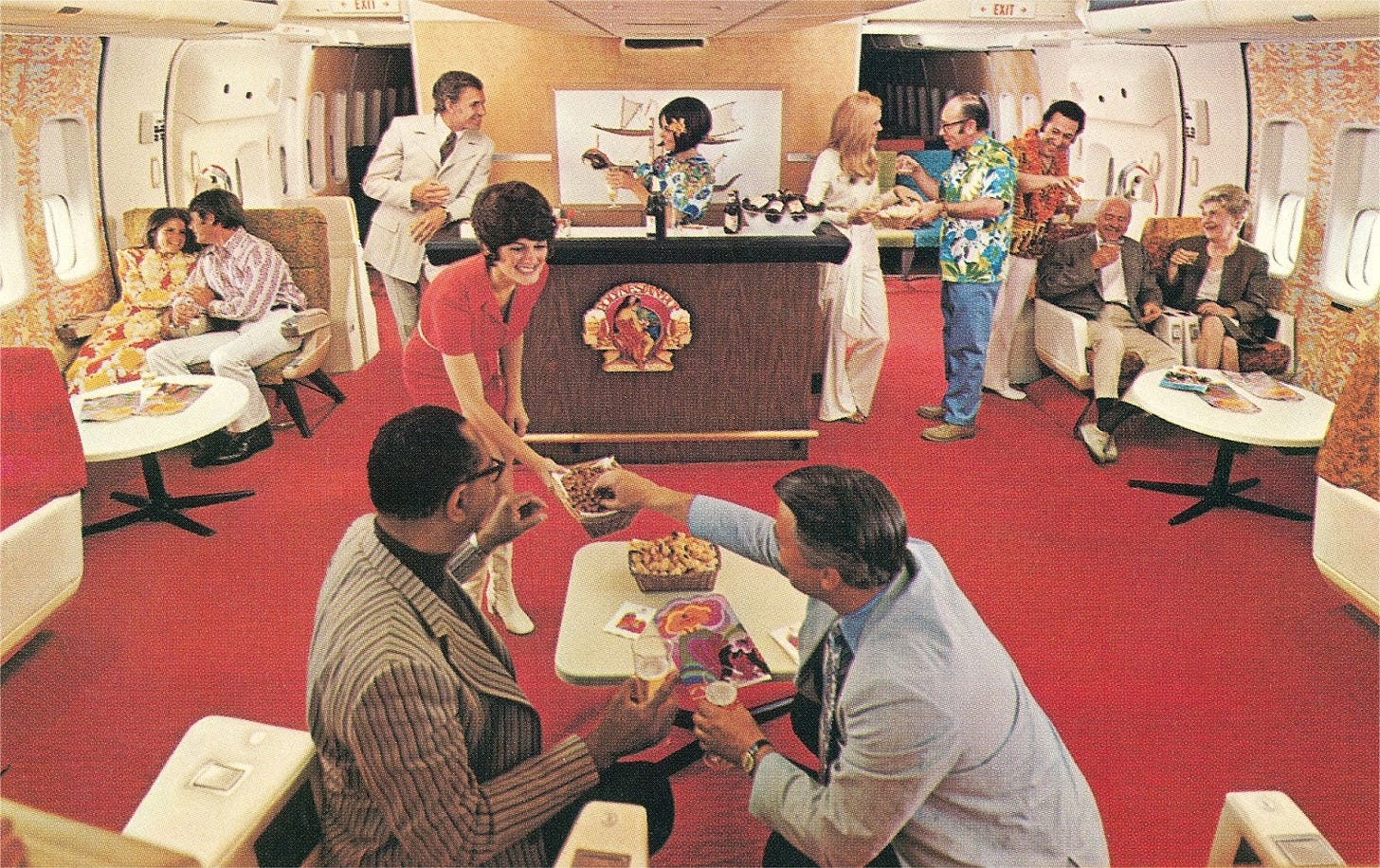

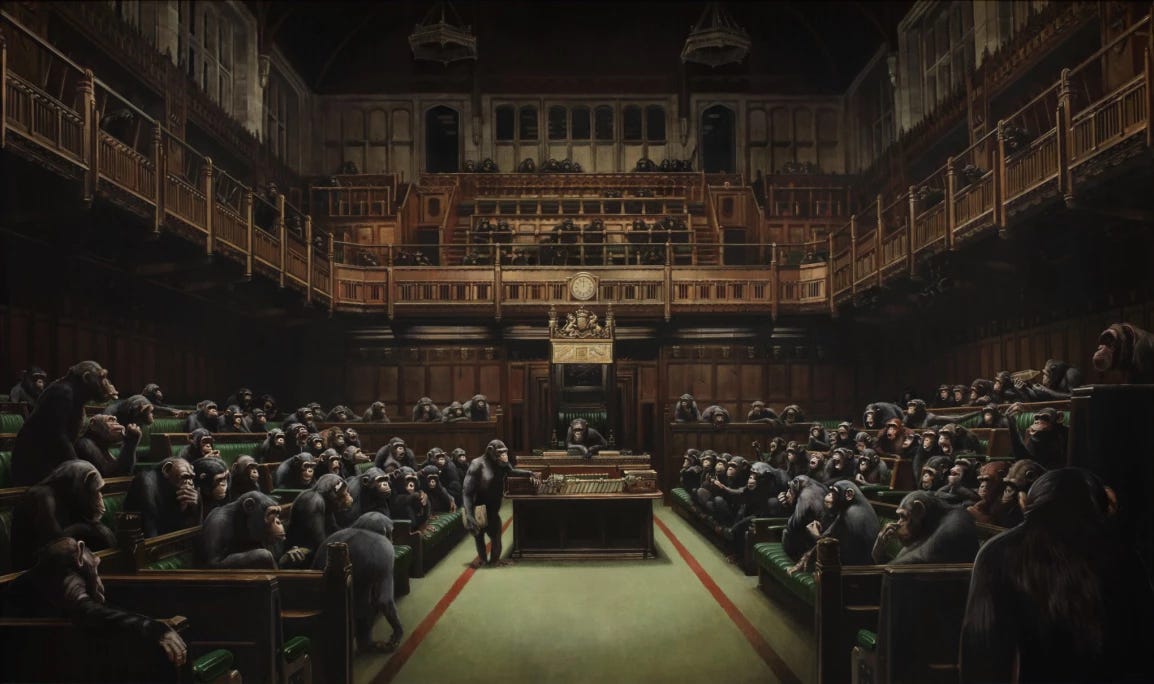

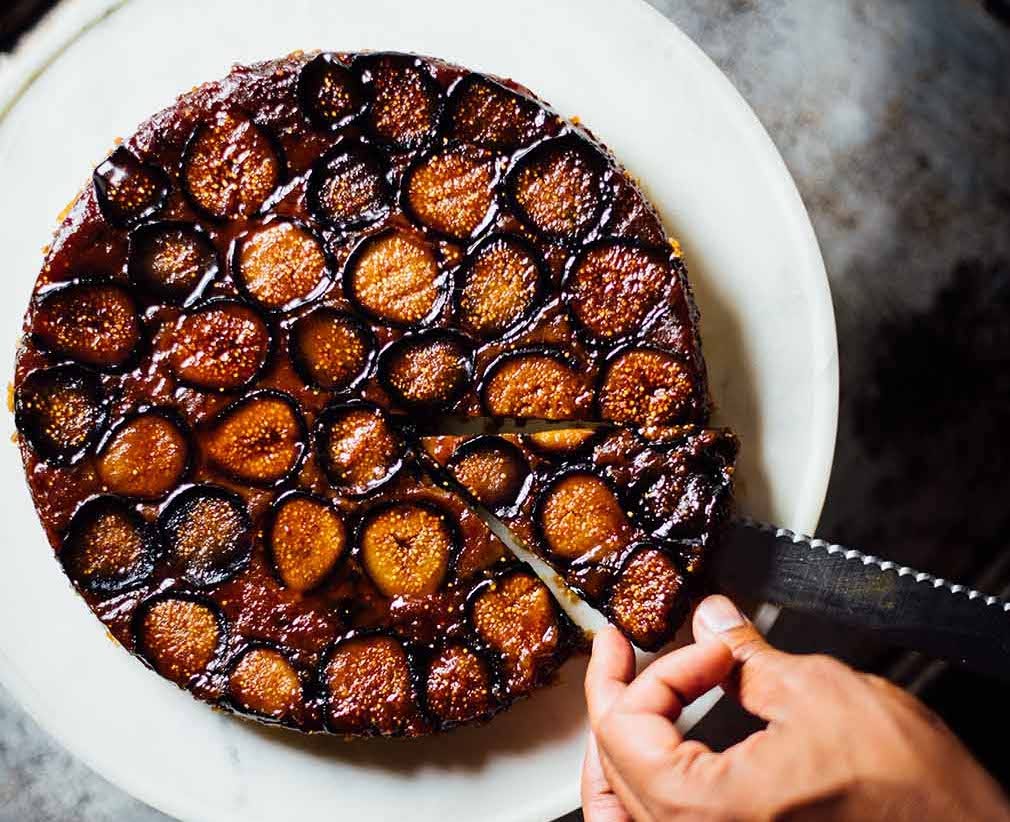



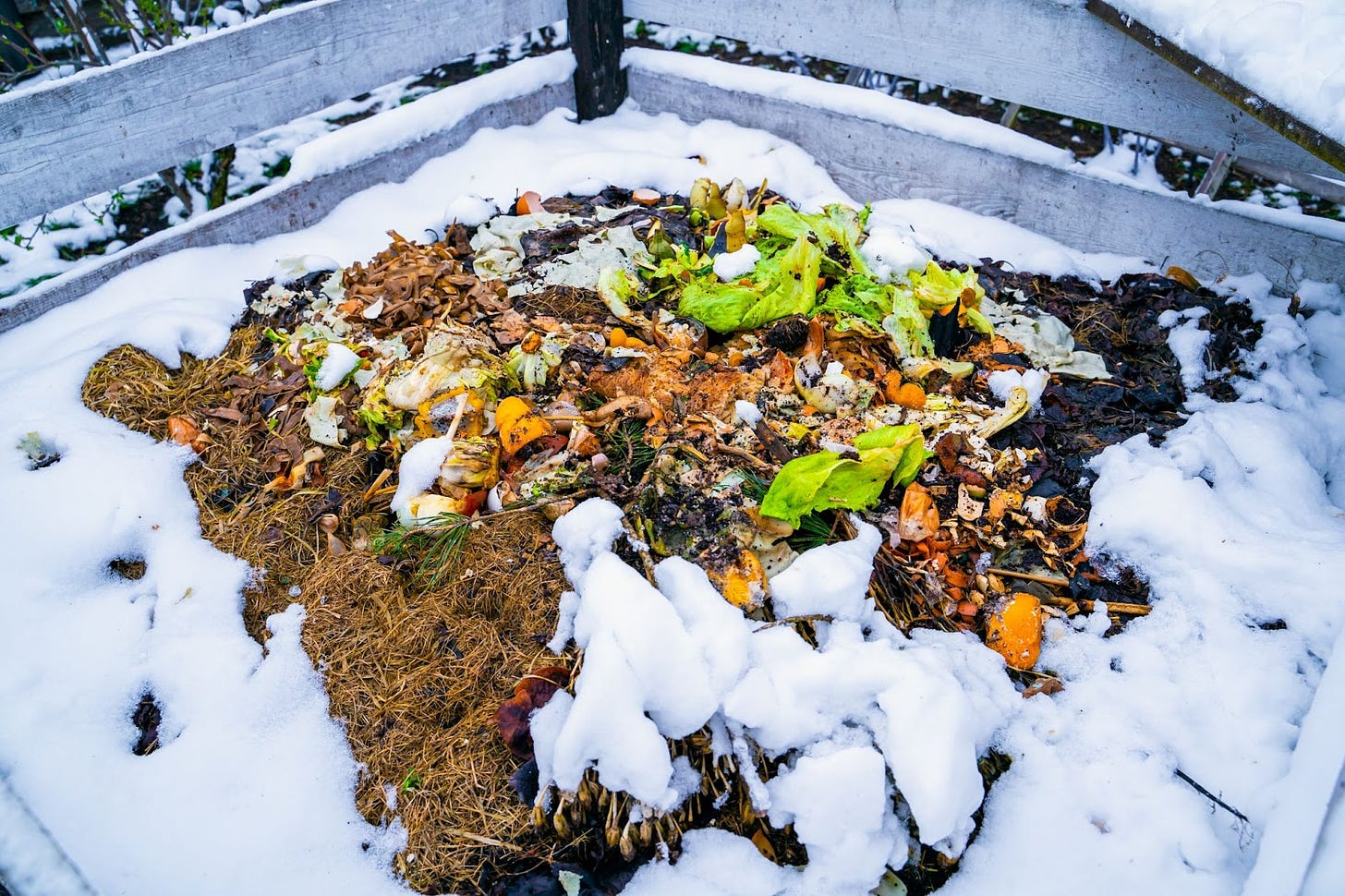

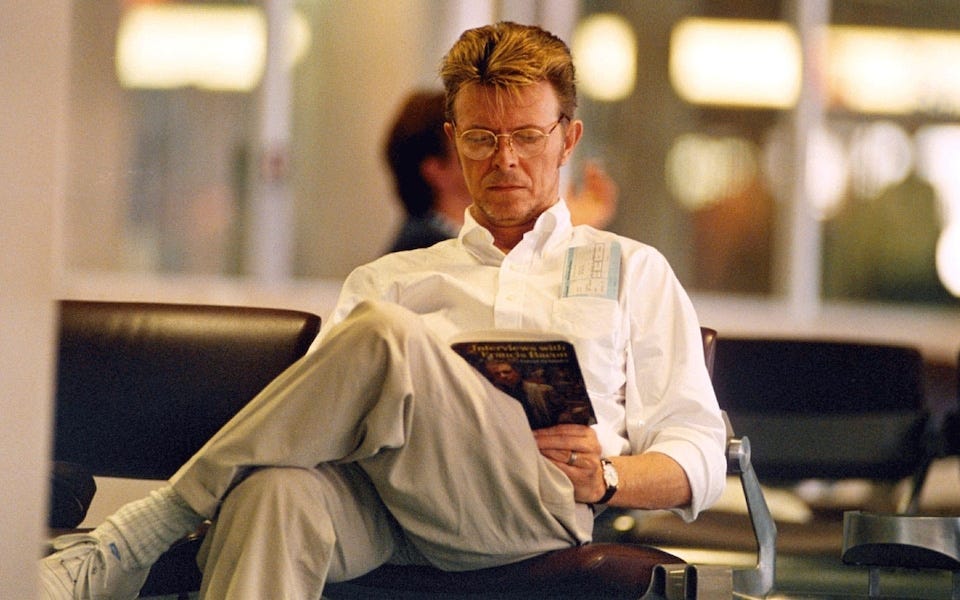



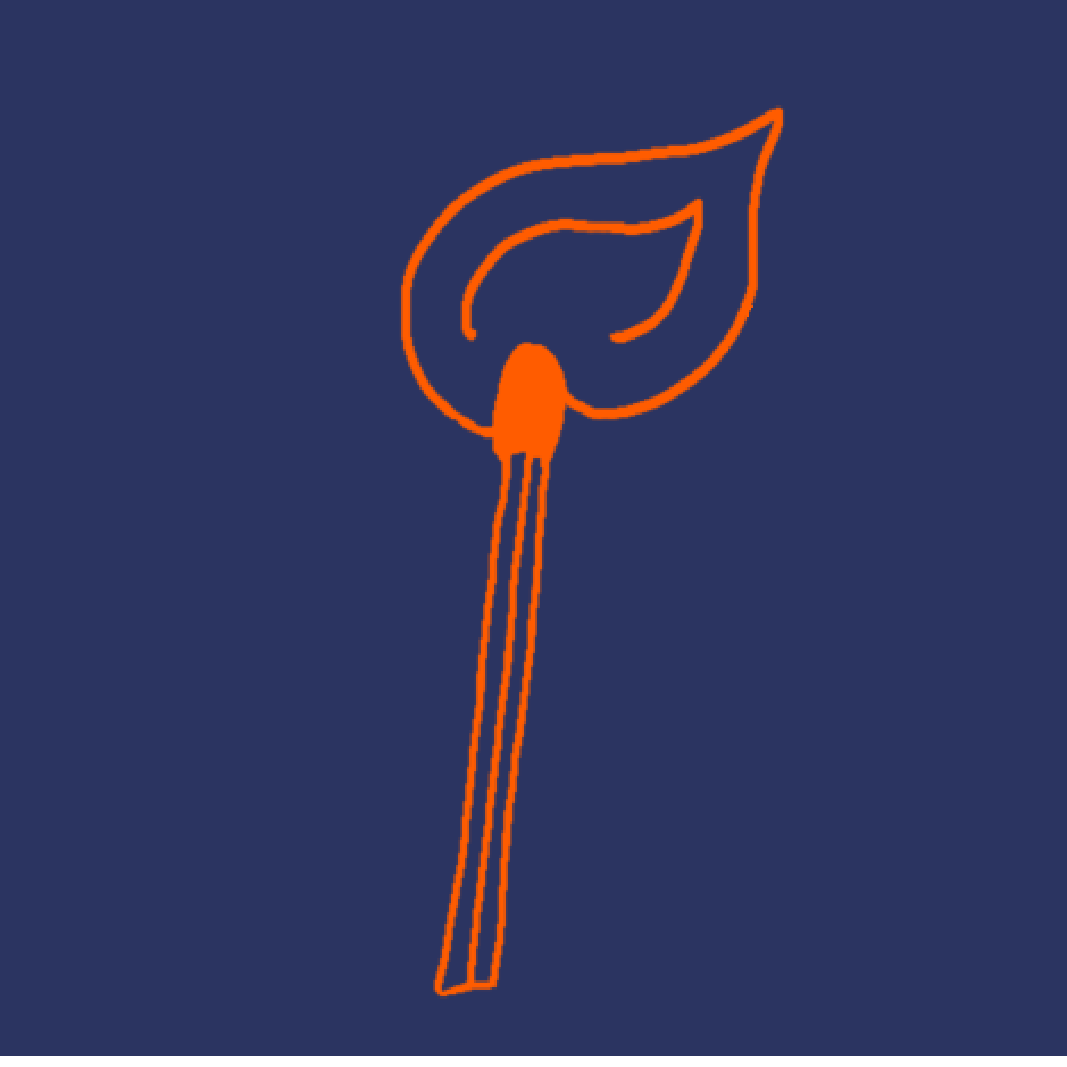

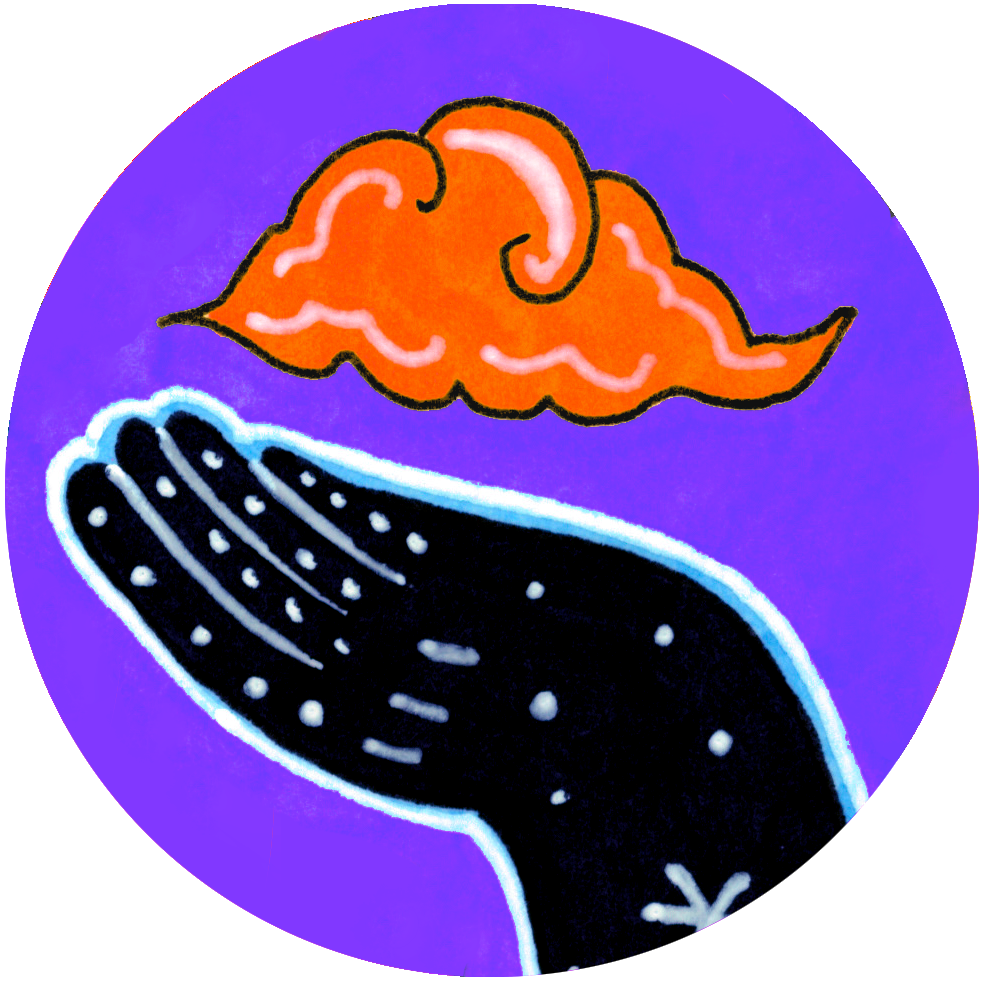
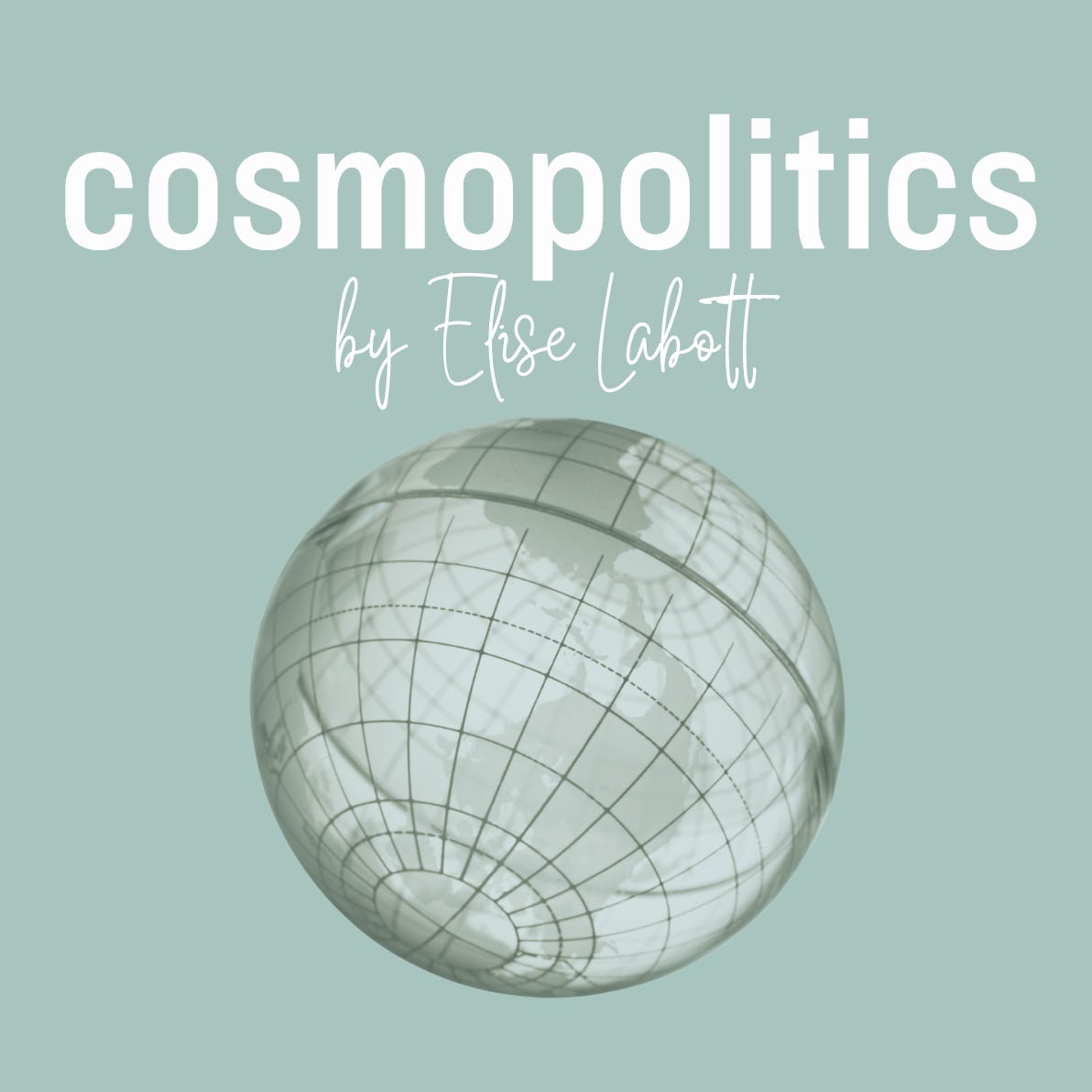



Thank you for including me and my newsletter, 5AM STORYTALK, in this Substack reads!
Been following Deep Kimchi - really speaks to me and my 40+ something self. :) https://deepkimchi.substack.com